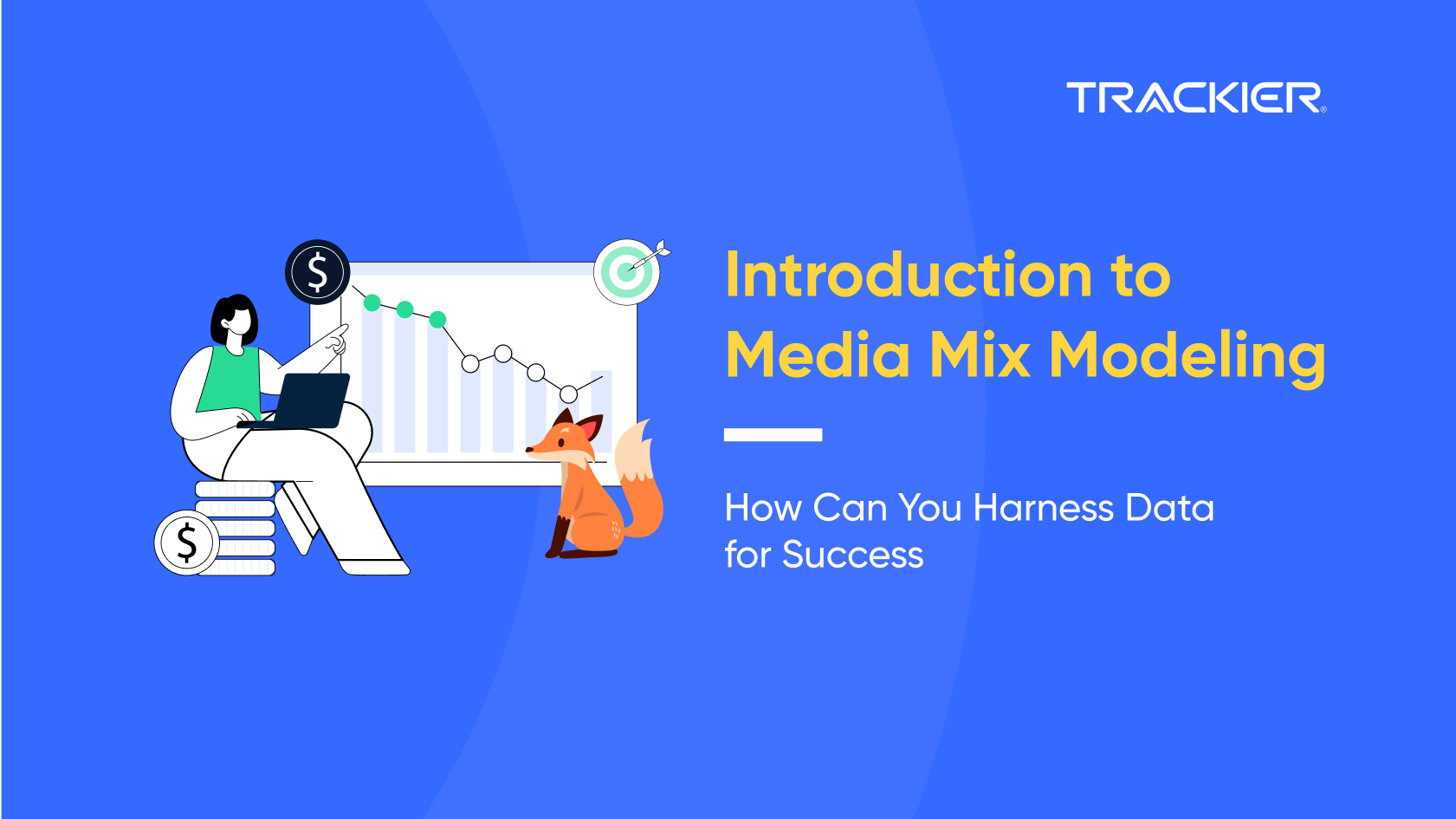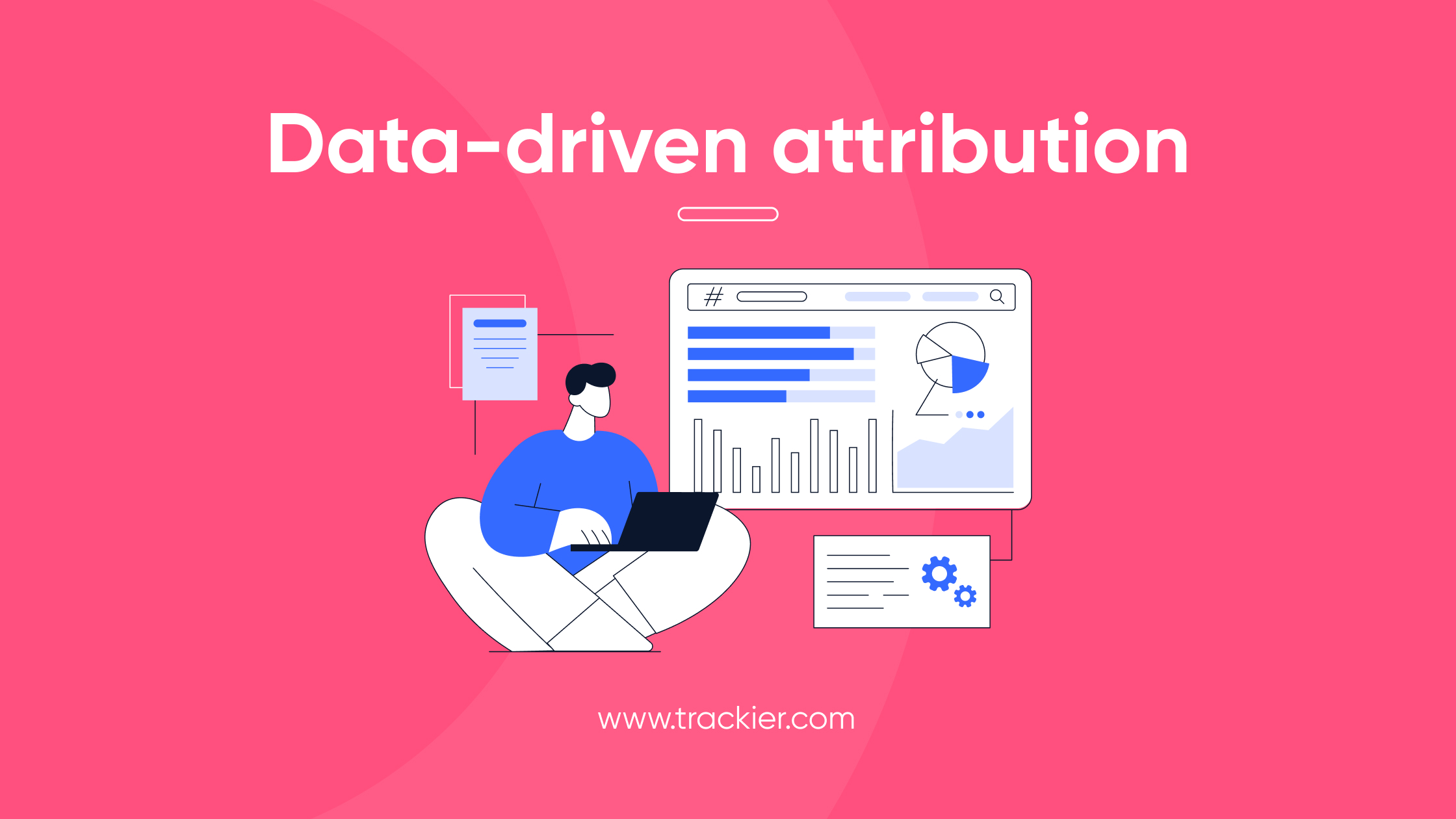Media Mix Modeling has become a cornerstone strategy in today’s fast-paced, interconnected world, where brands compete to capture attention across multiple platforms. As businesses strive to reach their target audiences effectively, this data-driven approach, leveraging a combination of diverse media channels, enables them to build a cohesive and impactful brand presence. By understanding how each channel contributes to overall performance, firms can optimize spend, refine messaging, and drive sustainable growth.
In this blog, we delve into the intricacies of the Media Mix Modeling, exploring its components, benefits, and best practices to achieve holistic brand success.
Understanding the Media Mix Marketing Model
The Media Mix Modeling refers to the strategic allocation of a brand’s marketing budget across a variety of media channels to optimize reach, engagement, and conversion.
This approach, instead of depending on a single platform, such as television or social media, embraces a diverse range of channels that complement each other, creating a synergistic effect that enhances the overall impact of the marketing campaign.
Components of the Media Mix
- Traditional Media includes traditional media with the likes of television, radio, print and outdoor advertising. Traditional media allow wide visibility but are more impactful in reaching more matured demography or other broader audiences.
- Digital Media involves online channels of websites, social media, search engines, and email marketing together with display advertising. The channels of digital media facilitate higher precision and real-time analytics and interaction with a worldwide audience.
- Social Media: The advent of Facebook, Instagram, Twitter, and LinkedIn has provided a direct communication line with the consumer, through which brands can have meaningful conversations and build lasting relationships.
- Content Marketing: Content marketing is a type of marketing that involves creating and sharing valuable, relevant, and consistent content to attract and retain a clearly defined audience. This can include blog posts, videos, infographics, and more.
- Influencer Marketing: Partnering with a good number of influencers within your field can help amplify your brand’s message, win and gain trust, and hit the niche markets more effectively.
- Events and Sponsorships: Involving or sponsoring events will help your brand connect with a captive audience, demonstrate products, align with causality, and reverberate with their themes.
Key Features of Media Mix Modeling in Performance Marketing
Media Mix Modeling is a data-driven approach that empowers marketers to understand how various marketing channels contribute to overall performance. By analyzing historical data, MMM identifies which platforms, campaigns, and budget allocations drive the best results, enabling smarter, more strategic decision-making.
1. Holistic Cross-Channel Measurement
MMM evaluates the performance of all marketing channels, digital, offline, influencer, print, and TV, within a single analytical framework. This comprehensive view helps marketers identify how each touchpoint interacts with others and contributes to conversions or brand growth.
2. Data-Driven Budget Optimization
One of the most powerful features of MMM is its ability to guide budget allocation. By assessing the marginal returns of each channel, marketers can redistribute spending toward high-performing platforms, ensuring every dollar contributes to measurable outcomes.
3. Quantification of Incremental Impact
MMM distinguishes between baseline sales, what happens without marketing, and incremental sales, the direct impact of marketing. This helps brands clearly see the true value their campaigns create, cutting through noise from external factors like seasonality or market trends.
4. Ad-Stock and Lag Effect Modeling
MMM accounts for the delayed impact of advertising, how campaigns continue to influence consumer behavior after they end. This ad-stock or carry-over effect ensures that long-term brand-building activities receive proper credit in ROI calculations.
5. Scenario Planning and Forecasting
With its predictive capabilities, MMM allows marketers to run “what-if” simulations. Brands can forecast how different budget distributions or campaign strategies might affect sales or ROI, helping them make proactive, not reactive, marketing decisions.
6. Integration with Business KPIs
MMM doesn’t just measure marketing performance, it connects marketing spend directly with broader business goals such as revenue, customer acquisition, and profitability. This makes it a strategic tool for both marketing and finance teams.
7. Adaptability to Privacy-First Marketing
In a cookieless, privacy-conscious world, MMM remains highly valuable because it doesn’t depend on user-level tracking. Instead, it relies on aggregated, historical data, making it a sustainable measurement framework for modern performance marketing.
Common Pitfalls of Media Mix Modeling
While MMM is a powerful analytical tool, its accuracy and effectiveness depend on how well it’s implemented. Understanding the common pitfalls ensures that insights remain reliable and decisions are grounded in reality.
1. Incomplete or Inaccurate Data Inputs
MMM’s strength lies in data quality. Inconsistent reporting, missing offline metrics, or incorrect timelines can distort outcomes and misrepresent channel effectiveness.
Solution: Standardize data collection across all platforms and maintain a consistent level of granularity for accurate model calibration.
2. Ignoring Cross-Channel Interactions
Marketing channels rarely act in isolation, TV campaigns may boost search traffic, while social ads might increase brand awareness that later drives organic sales. Ignoring these relationships leads to undervaluing important channels.
Solution: Incorporate interaction terms and synergy effects to capture how channels influence one another.
3. Overfitting the Model
Adding too many variables can make a model fit historical data perfectly but fail in predicting future performance.
Solution: Keep the model simple, focusing only on statistically significant factors. Validate with out-of-sample testing to ensure predictive strength.
4. Static Modeling Without Regular Updates
Markets evolve constantly, consumer behavior, platform algorithms, and media costs shift quickly. A model built once and never refreshed soon becomes obsolete.
Solution: Update models quarterly or after major campaign cycles to reflect current dynamics and maintain accuracy.
5. Misinterpreting Correlation as Causation
MMM reveals patterns and relationships, but not always causation. Acting on correlations alone can lead to misguided investments.
Solution: Combine MMM insights with controlled experiments or incrementality testing to validate causal effects before reallocating budgets.
6. Underestimating External Factors
Economic shifts, competitor activity, or seasonal demand can significantly influence performance but are often overlooked.
Solution: Include macroeconomic and environmental variables like inflation, holidays, or weather trends to provide a more realistic analysis.
7. Lack of Collaboration Between Teams
MMM success relies on cross-functional cooperation. When marketing, analytics, and finance teams work in silos, the model’s insights may not align with business priorities.
Solution: Foster collaboration across departments to interpret findings and turn insights into cohesive business actions.
How Does MMP Help You Reshape Your Strategies Using Media Mix Modeling?
Benefits of the Media Mix Marketing Model
- Broader Reach: Using many channels can ensure reaching the diversity of the audience. You might get to some of the probable customers more frequently.
- More Engaging: Varying different types of audiences’ needs are satisfied through a range of platforms. You’re bound to gain interactivity while getting into several deeper interactions.
- Improved ROI: Careful allocation of resources based on the effectiveness of each channel ensures that your marketing budget is utilized efficiently, yielding a better return on investment.
- Adaptability: In a rapidly evolving media landscape, diversification allows your brand to adapt quickly to changing consumer behaviours and emerging trends.
- Message Consistency: A well-coordinated mix of media communicates the same brand message from all the channels, which can strengthen the brand and remind people of the brand.
Implementation of Best Practices for the Media Mix Marketing Model
- Audience Analysis: Understating the habits, behaviour, or preferences of the target audience to tailor the mix.
- Clear Objectives: Creating specific goals in each media channel. The goals could be building awareness, driving sales, or building engagement.
- Measurement and Analytics: Continuously track and review data for all channels to track their performance to make necessary adjustments to your media mix.
- Budget Distribution: Allocation of the marketing budget to make sure it meets the possible reach, impact, and cost efficiency of every single channel.
- Message Integration: Ensure a united brand message as well as the visual identity within all media to enhance the trust and recognition built by the brands.
Conclusion
The Media Mix Marketing Model depicts a dynamic approach, acknowledging that there is always diversity in media and different ways to consume content among consumers. Leverage a blend of traditional channels and digital means, and build a multi-dimensional brand experience among your target group. As business firms continue to run against the constantly changing marketing landscape, embracing the power of the media mix provides a strategic move toward comprehensive brand success, consumer engagement, and sustainable growth.
FAQs
What is the difference between Media Mix Modeling (MMM) and Multi-Touch Attribution (MTA)?
Media Mix Modeling (MMM) uses a top-down approach, analyzing aggregated data across all channels, online and offline, to measure overall marketing impact without relying on user-level data. It is ideal for long-term strategy and privacy-safe insights.
Multi-Touch Attribution (MTA) takes a bottom-up approach, tracking individual user journeys to assign credit to specific touchpoints in digital campaigns. It provides granular insights but depends on detailed user data and is less effective across offline or cookieless environments.
What is MMM and how does it work?
Media Mix Modeling (MMM) is a statistical method that measures how different marketing channels impact overall business results like sales or leads. It analyzes historical data from online and offline sources to identify which channels drive the most ROI. By modeling these relationships, MMM helps marketers optimize budget allocation and forecast the results of future campaigns.
What is an example of MMM model?
An example of a Media Mix Modeling (MMM) model could be a retail brand analyzing how its marketing spend across TV, social media, search ads, and print affects monthly sales.
For instance, the brand collects two years of data on ad spend, impressions, promotions, and external factors like seasonality or holidays. Using regression analysis, the MMM model might reveal that TV drives 40% of sales impact, social media 25%, search ads 20%, and print 15%. Based on these insights, the brand can reallocate more budget to the most effective channels to improve overall ROI.
How can a business start with MMM?
To begin with Media Mix Modeling, set clear marketing goals like improving ROI or optimizing channel spend. Collect at least one to two years of reliable data on marketing spend, conversions, and external factors such as seasonality or promotions. Once your data is clean, either build an in-house model or use an MMM tool to analyze performance. Start with key channels, validate results, and use insights to reallocate budgets and plan future campaigns. Keep refining the model as new data becomes available to ensure continued accuracy and better decision-making.
How does MMM help Trackier’s clients?
Media Mix Modeling helps Trackier’s clients identify which channels, affiliates, or partners deliver the highest ROI and real business impact. By analyzing aggregated data across campaigns, MMM reveals where budgets perform best and where spend can be optimized. It enables performance marketers to make data-driven decisions, reduce wasted spend, and strengthen overall partner strategy. For Trackier users, this means smarter media allocation, improved campaign efficiency, and higher returns across every marketing channel.



